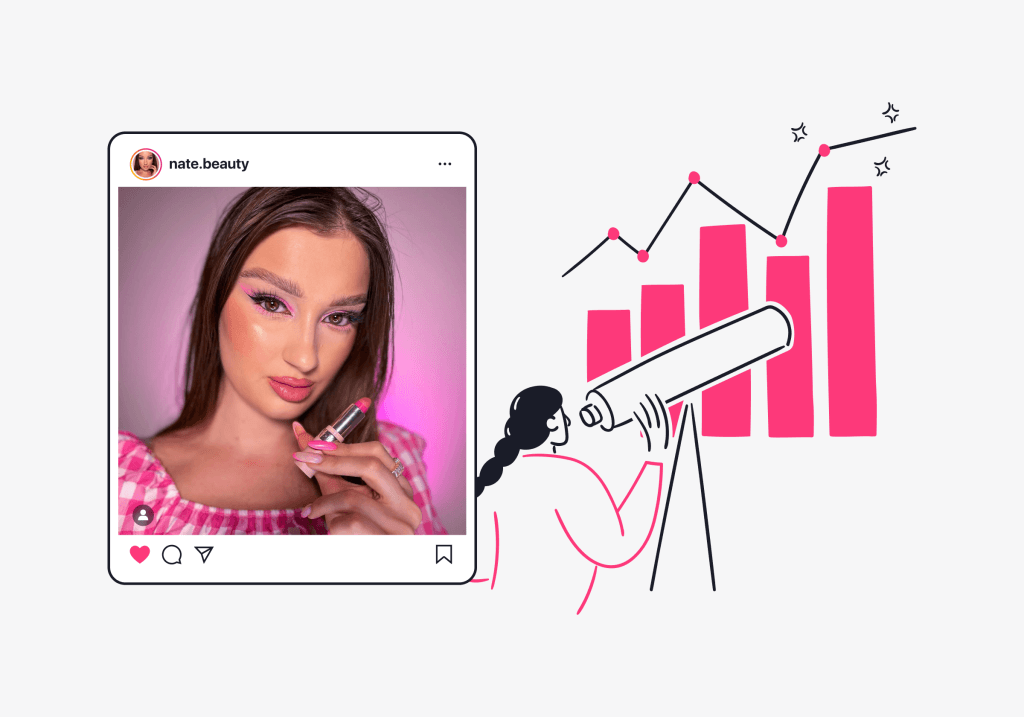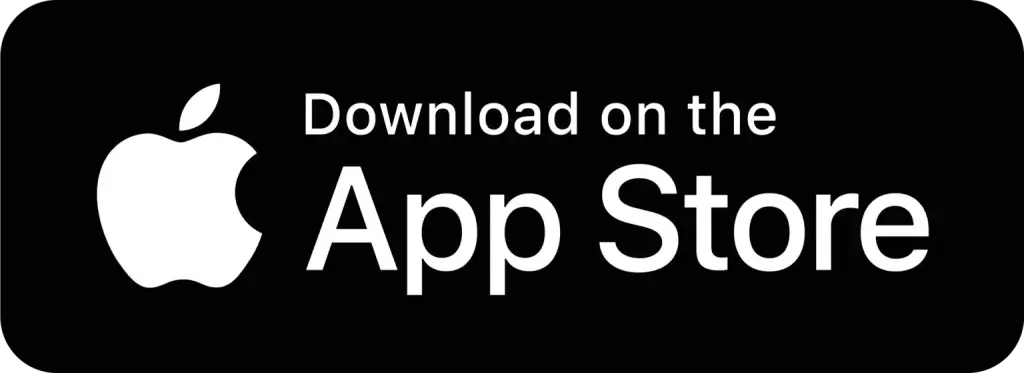Whether it’s Piers Morgan silenced on Twitter for Comic Relief or Ant and Dec flashing their Unity Bands in support of World Cancer Day it seems no charity campaign these days is complete without an accompanying social media push. But celebrities are notoriously hard to reach and limited in what they can or will do for your charity; so how do you harness the power of social media if you don’t have a black book of Hollywood A-listers or even Z-list reality stars at your disposal?
While superstars may command great reach and attention it’s worth remembering that social influence is mostly about engaging with people and can be achieved through much more modest means. Social influencers from every walk of life are becoming increasingly important as publishers and broadcasters across the new media platforms from Instagram, through Snap to Facebook. Younger people in particular engage more with social media than traditional news or publishing outlets, they trust influencers, engage with user generated content, and in turn they help determine what is newsworthy to an older audience.
Charities keen to reach the tricky millennial audience really need to focus on digital channels. This is something that has been widely adopted in the private sector where tie-ups with YouTubers or other influencers to promote campaigns or brands are already commonplace. For younger audiences, digital influencers are both popular and trusted – considered an extension of their peer group rather than part of a remote and faceless corporation. That is, in “yoof” speak, “keepin’ it real”.
As a result, content from these influencers is more engaged with. In May 2017, a campaign run for Cancer Research UK’s World Cancer Day, images posted via indaHash by influencers wearing their Unity Bands and encouraging followers to buy and wear their own, delivered engagement rates that were three times those of the industry benchmark for influencer campaigns. It is notable that the influencers used were from the midtier or “power users” with follower numbers between 1,000 and 100,000 which tend to enjoy much higher engagement levels than the Kim and Kaynes of the this world. This is because such influencers have smaller, more intensely focused audiences who cluster around shared passions points be that music, cookery or cats – and they are able to tailor their communication to suit. This is important for charity campaigns as these shared interests can translate into other areas. So, if an influencer chooses to partake in a charity campaign pro bono (as was the case with CRUK) because of a genuine interest or connection, it is likely that many of their followers will also share the same motivation.
At indaHash we have over 220,000 global influencers with a combined reach of over half a billion impressions (state of May, 2017) making it a powerful potential conduit for your message. With the Cancer Research UK campaign, as with other charity campaigns we have run, it is the influencers themselves who decide which campaigns they want to support and commit to creating and sharing the content with their audiences.
Ambassadors are already widely used in the charity sector and so using social influencers is a natural evolutionary path. And compared to other types of marketing it is extremely efficient – with indaHash you only pay for what you get and it is measurable, unlike many other forms of campaigning. In addition, the content or posts created by the influencers is “owned” by the brand or charity and so can be used again and again on your own social channels or future marketing campaigns.
However, in an age of greater scrutiny around charity governance it is vital that brands, charities and influencers are transparent about relationships. Advertising regulation recommends tagging branded content appropriately i.e. #ad or #spon and it would be wise for the third sector to apply best practice here even if the influencer is unpaid.
Traditional advertising is losing its effectiveness, particularly in the light of ad-blocking adoption which can mean your digital marketing budgets can be lost in the wind. Content delivered through social influencers can navigate around this with the bonus that it can often cross over into mainstream media, gaining momentum organically and getting picked up by traditional media outlets.
This article originally appeared at UK Fundraising





